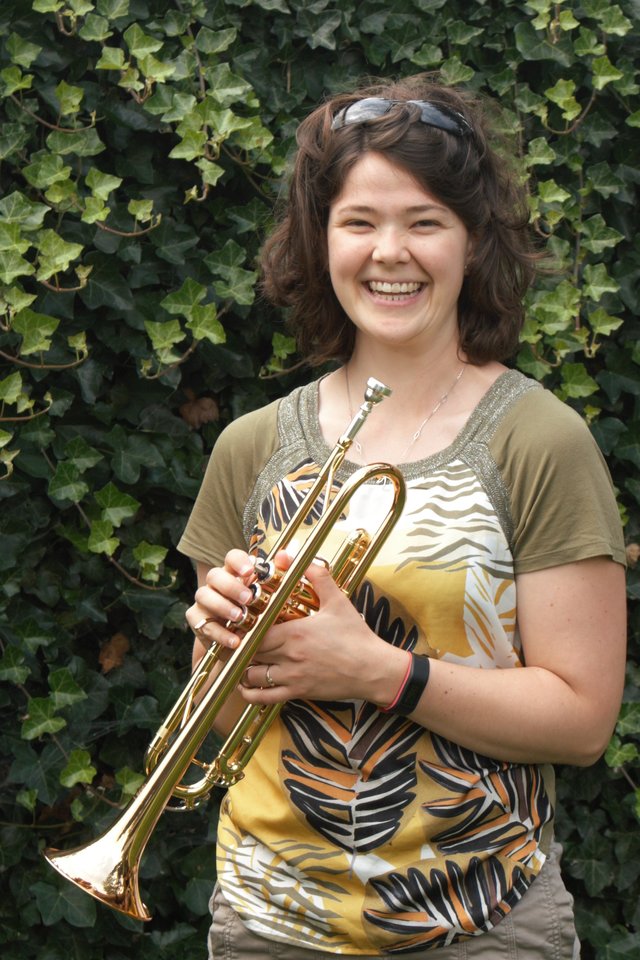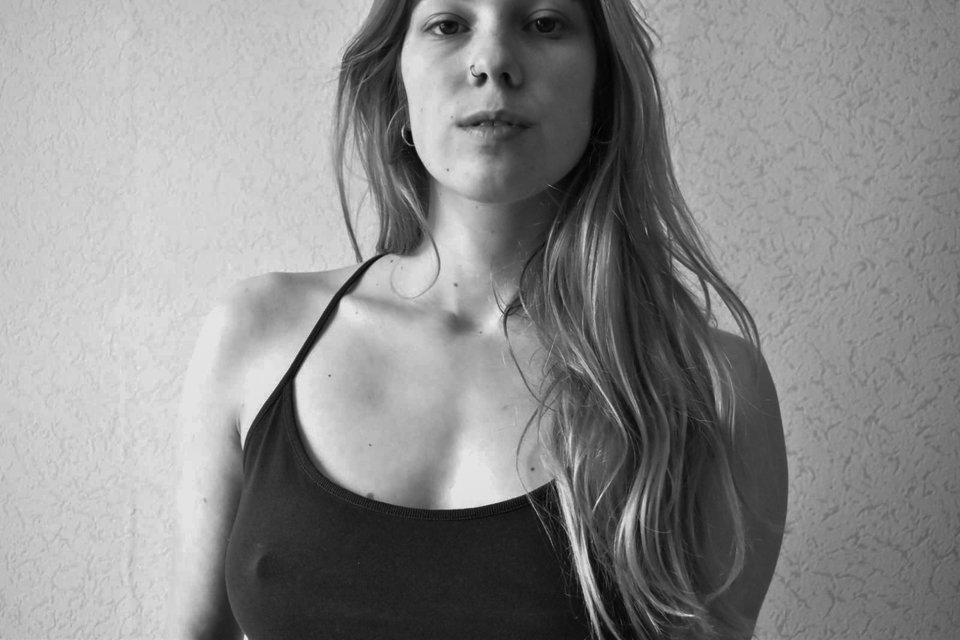Graduation of Aaron de Bruin
Graduation of Aaron de Bruin 05 July 2023 12:45 till 14:45 - Location: CEG - Lecture Hall F | Add to my calendar Simulating Dune Growth at a Mega-Nourishment Professor of graduation: Dr. ir. M.A. de Schipper, Dr .ing. M.Z. Voorendt Supervisors: Dr. Ir. A. P. Luijendijk (TUD/Deltares), Msc. T.T. Kettler (TUD), Ir. B van Westen (TUD/Deltares) Currently, almost a quarter of the sandy coasts around the globe are eroding and this number is likely to grow due to sea level rise. To counter this coastal erosion and the inherent hazards, nourishments are carried out. Since sea level rise rates are increasing, nourishment volumes should increase as well. This led to the pilot Mega-Nourishment project the Sand Motor. However, measurements showed significantly lower dune growth rates than predicted. To use Mega-Nourishments as flood protection in the future, a better understanding of the aeolian sediment transport processes is necessary. This study focussed on identifying and implementing of these processes into a process-based aeolian transport model, after which the model was validated. For this study the model AeoLis was chosen. First, the AeoLis software was tested and improvedbased on the identified processes. After verification, a case study was chosen and implemented in the program. Then a model evaluation was carried out to assess AeoLis’ performance. This evaluation was based on detailed measurements of the Delfland coast taken during the first ten years of the Sand Motor. Due to the large variation in coastal profile at the Sand Motor, not only integrated dune growth volumes are evaluated but alongshore variation in dune growth as well. After the model evaluation, the impact of different water levels and coastal profiles was assessed. On integrated scale, the outcome of this study showed that during the first years, the dune growth computed by AeoLis is almost identical to the measured dune growth, both at the regular Delfland beach and in the proximity of the Sand Motor. However, later on in the simulation the deviations between computed and measured growth increase due to the absence of marine processes in the model and the subsequent differences in morphology between model and reality. The alongshore variation in dune growth showed promising results as well. However, in reality, disturbances in the alongshore dune growth are partly due to presence of walkways and beach clubs. In the model there are no walkways and beach clubs present. The disturbances in the modelled alongshore dune growth are due to shadow effects, caused by the dune foot definition. Despite those differences, the underlying alongshore dune growth trend is captured well. The study leads to the conclusion that process-based aeolian transport modelling is capable of accurately simulating alongshore dune growth at Mega-Nourishments. However, due to lack of marine processes in the model and the subsequent bathymetry differences between model and reality, the accuracy decreases over simulated time. Therefore, a coupled hydrodynamic-aeolian model would be the next step in improving the long-term predictability of dune growth at Mega-Nourishments.






